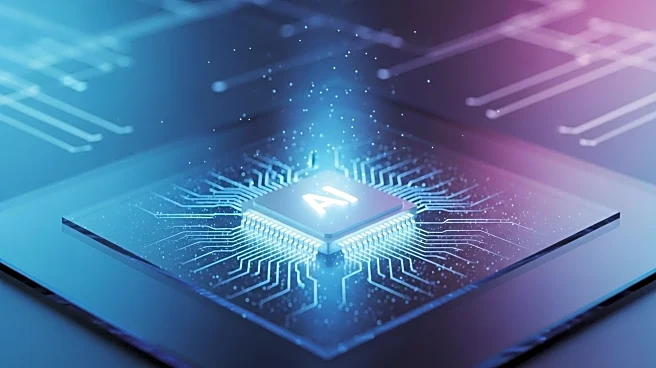What's Happening?
A recent report by Bugcrowd, titled 'Inside the Mind of a CISO 2025: Resilience in an AI-Accelerated World,' reveals a significant increase in hardware, API, and network vulnerabilities due to AI-assisted software development. The report, published on September 23, 2025, draws on extensive data from global bug bounty and disclosure programs. It highlights that rapid release cycles in AI development often leave gaps in access control, data protection, and hardware security, which attackers exploit. The report notes a 88% increase in hardware vulnerabilities, a 36% rise in broken access control vulnerabilities, and a doubling of network vulnerabilities. Experts like Nick McKenzie, CISO of Bugcrowd, emphasize the complexity of the security landscape as AI advances, while John Watters, CEO of iCOUNTER, warns of novel threats replacing old attack methods.
Why It's Important?
The findings underscore the growing challenges faced by Chief Information Security Officers (CISOs) in managing the security risks associated with AI technologies. As AI expands the attack surface, organizations must adapt their security strategies to address these vulnerabilities. The report suggests that foundational issues like broken access control and sensitive data exposure remain critical concerns. The evolving role of CISOs, as highlighted in the report, involves balancing technical expertise with broader business alignment, emphasizing the need for agile and collaborative cyber practices. The report concludes that collective intelligence and continuous offensive testing are essential to withstand escalating digital threats, impacting industries reliant on AI for innovation.
What's Next?
Organizations are expected to enhance their security frameworks to address the vulnerabilities identified in the report. This may involve increased investment in cybersecurity measures, including continuous testing and monitoring of AI systems. CISOs will likely focus on developing robust policies and controls to mitigate risks associated with AI-enabled impersonation and other sophisticated attacks. The report suggests that layered security controls must evolve beyond blaming human error to effectively detect and block these threats in real time.










